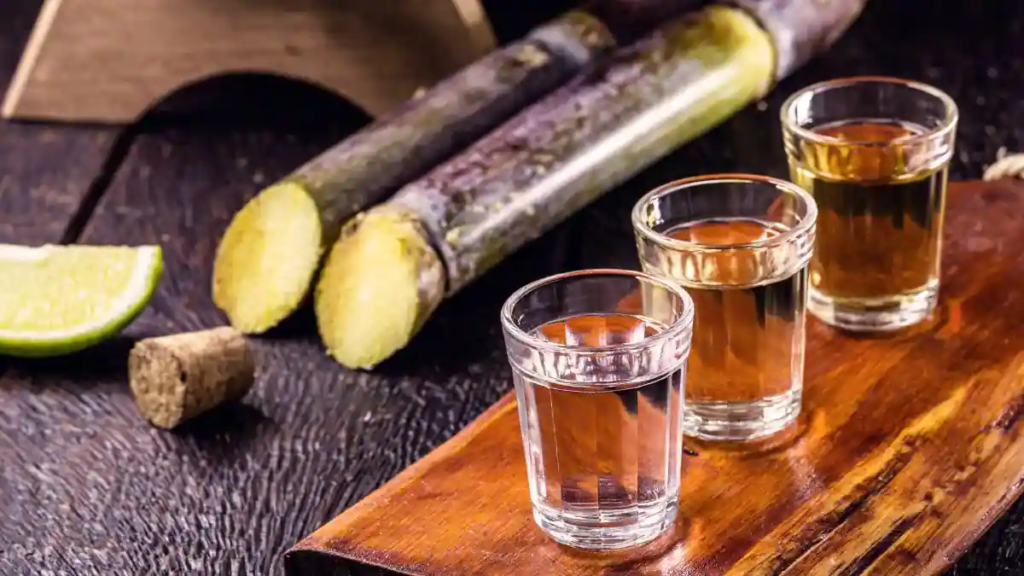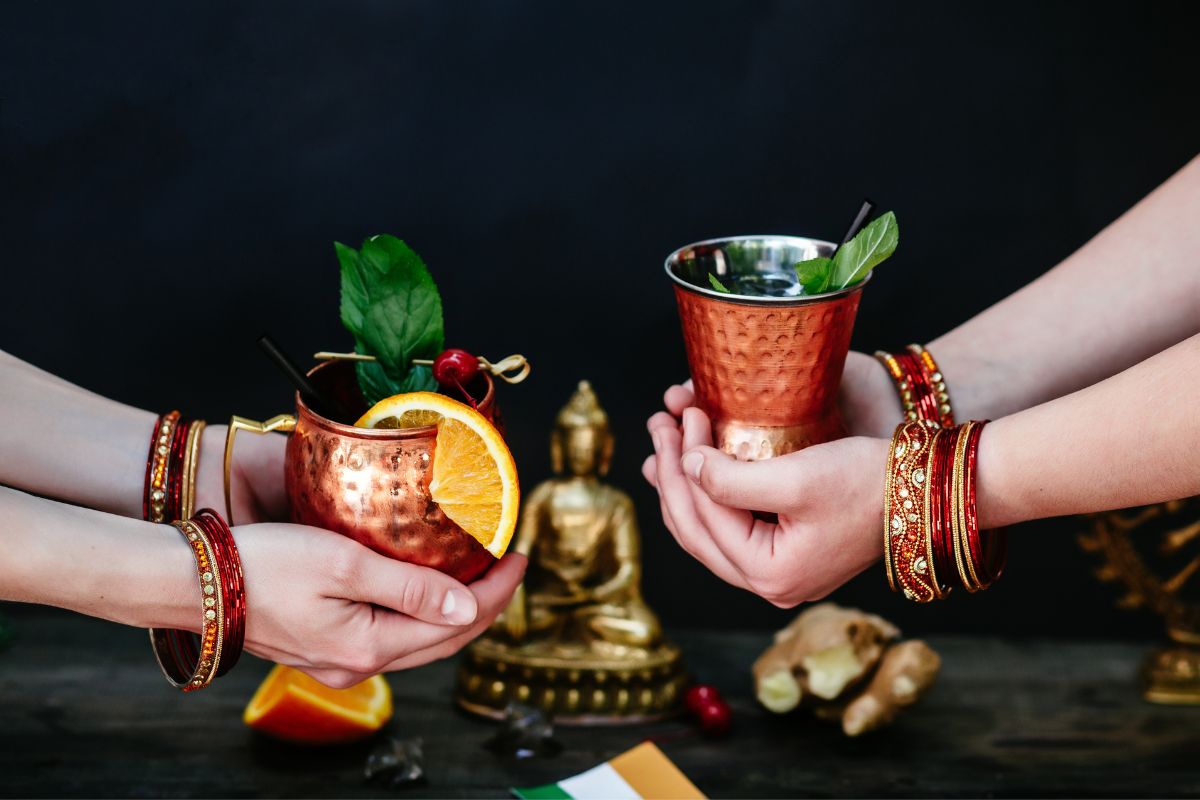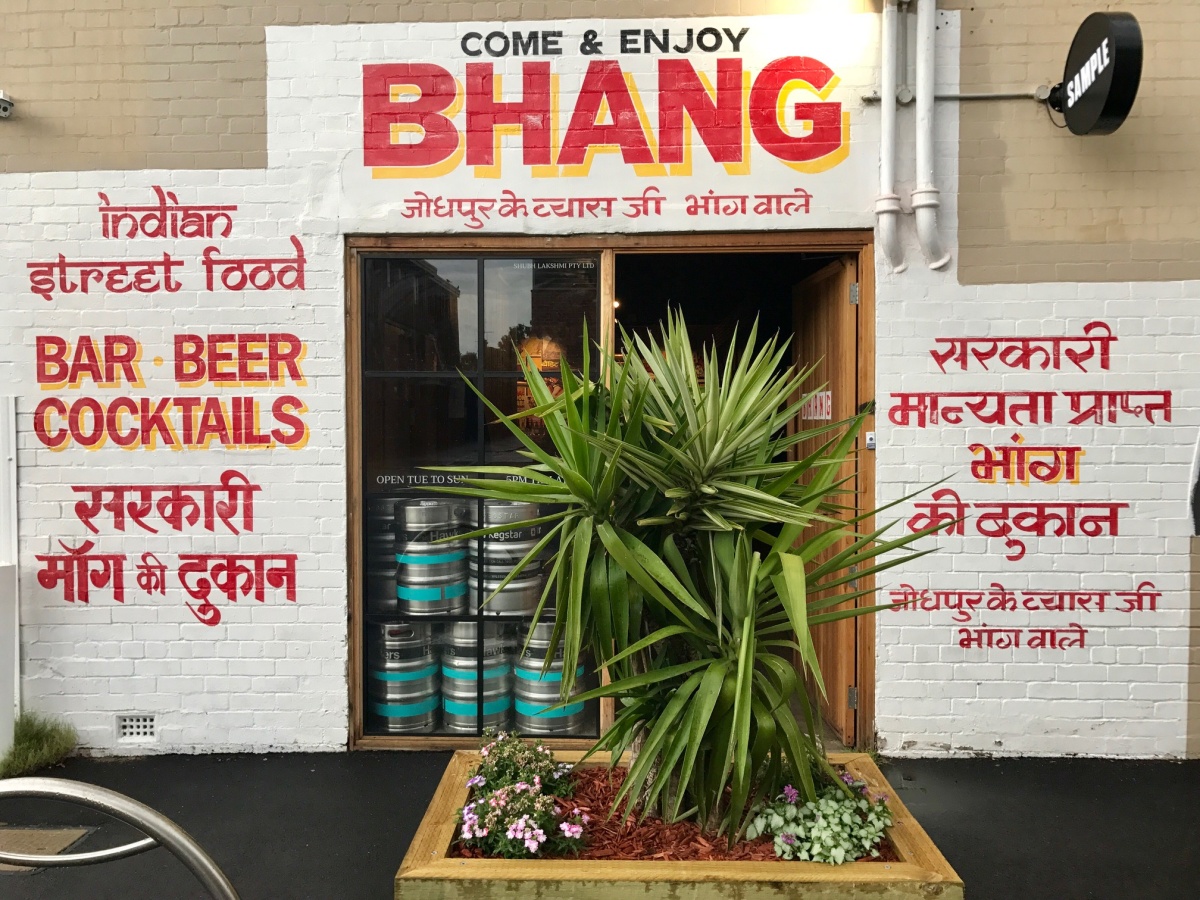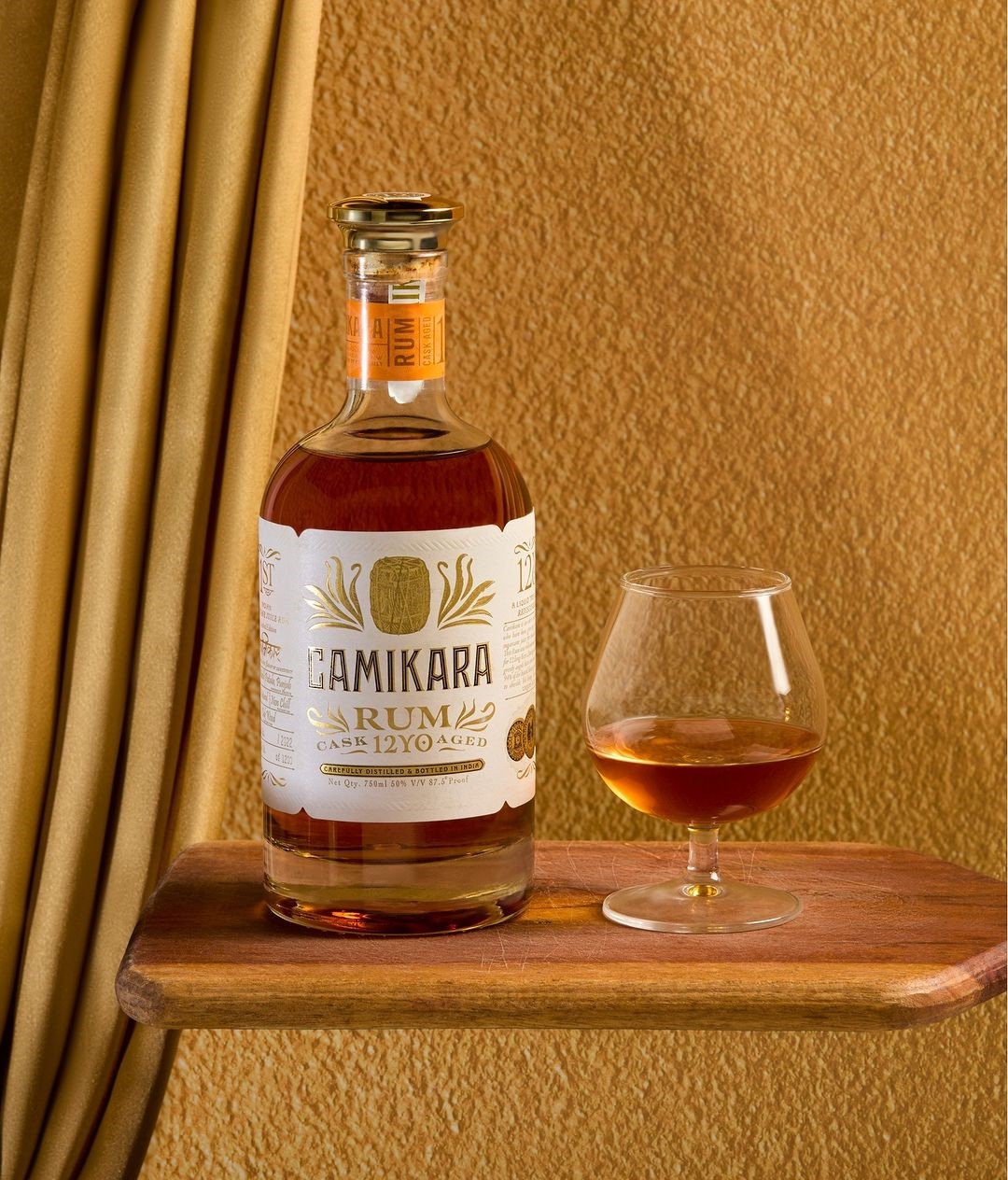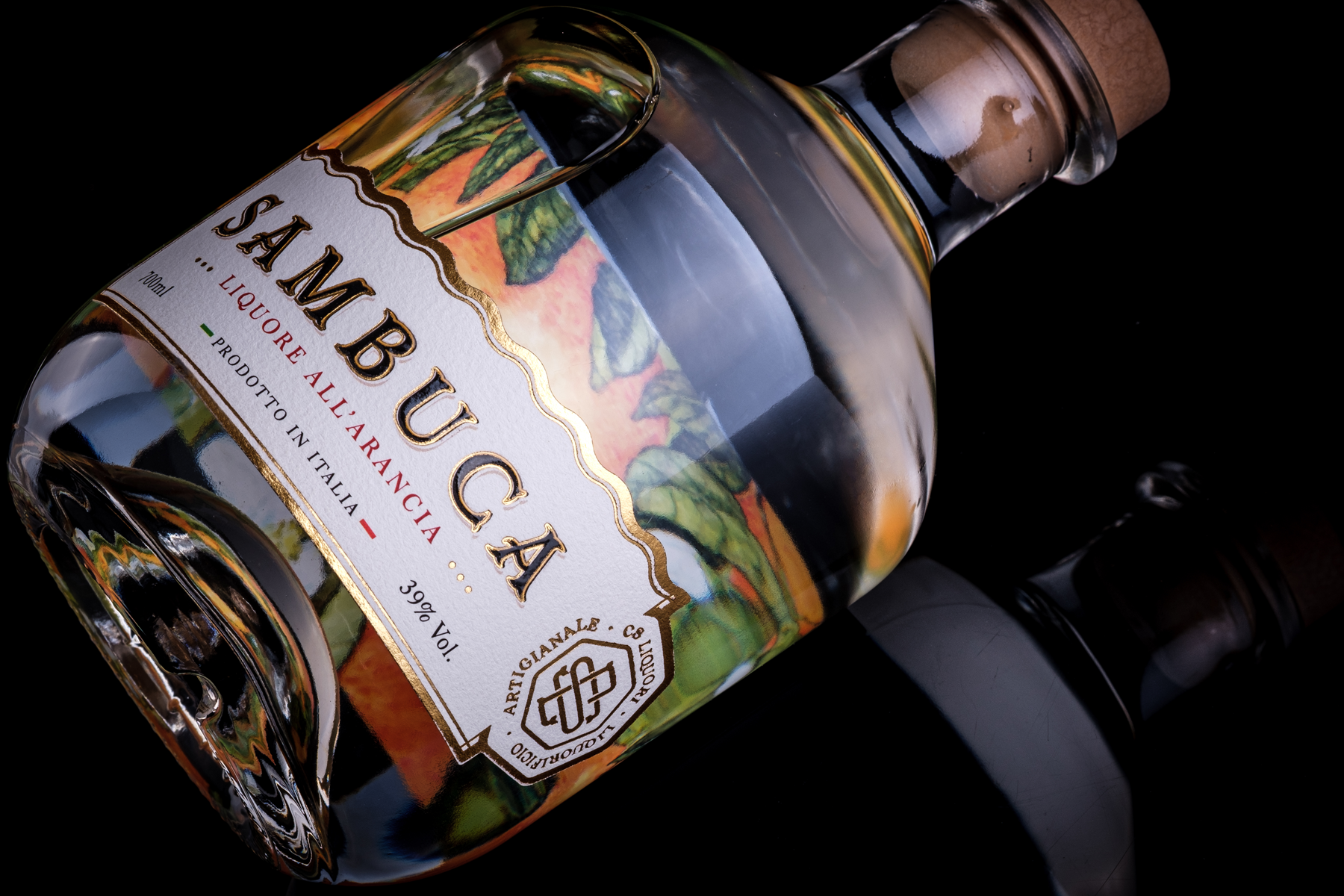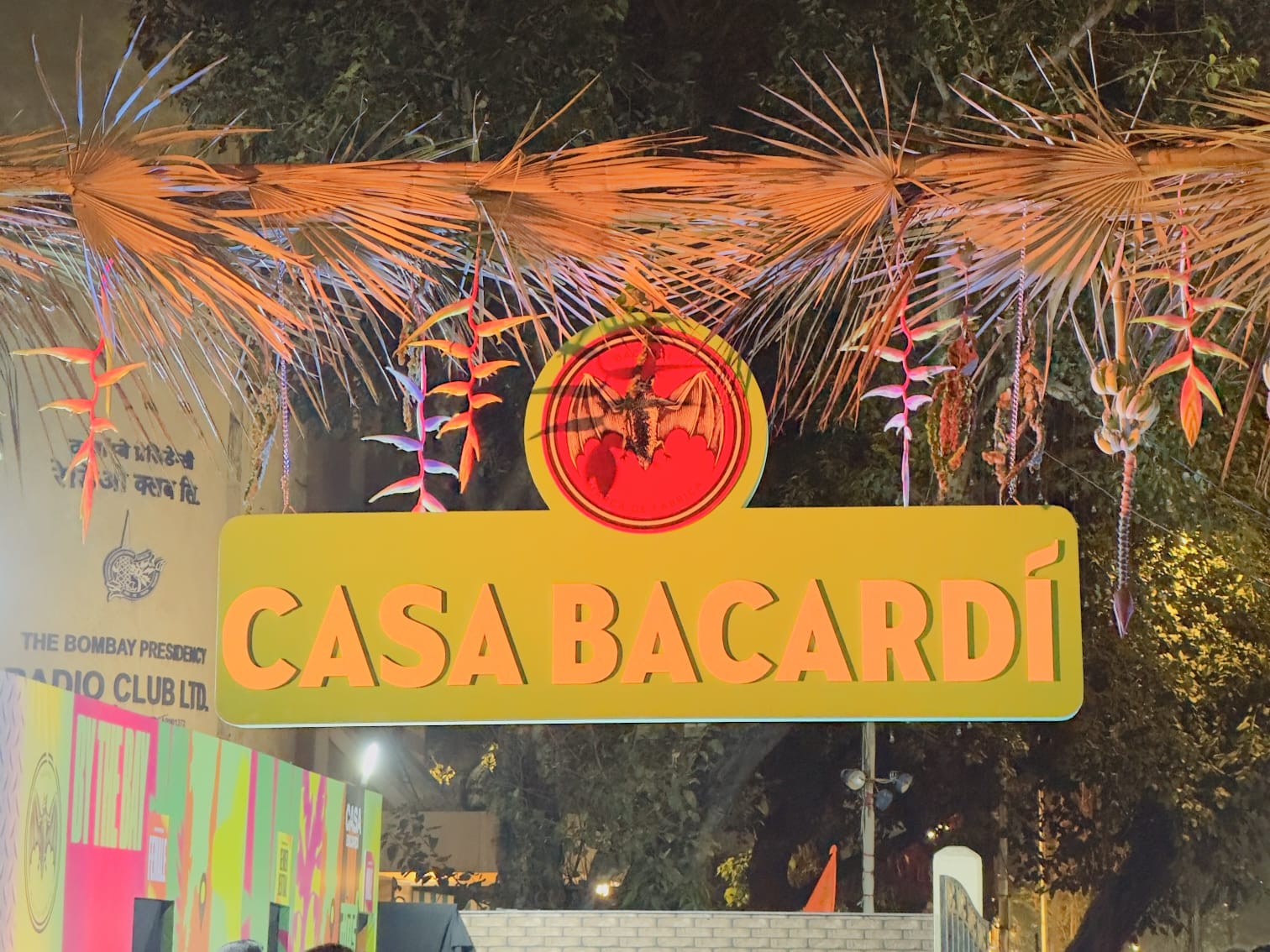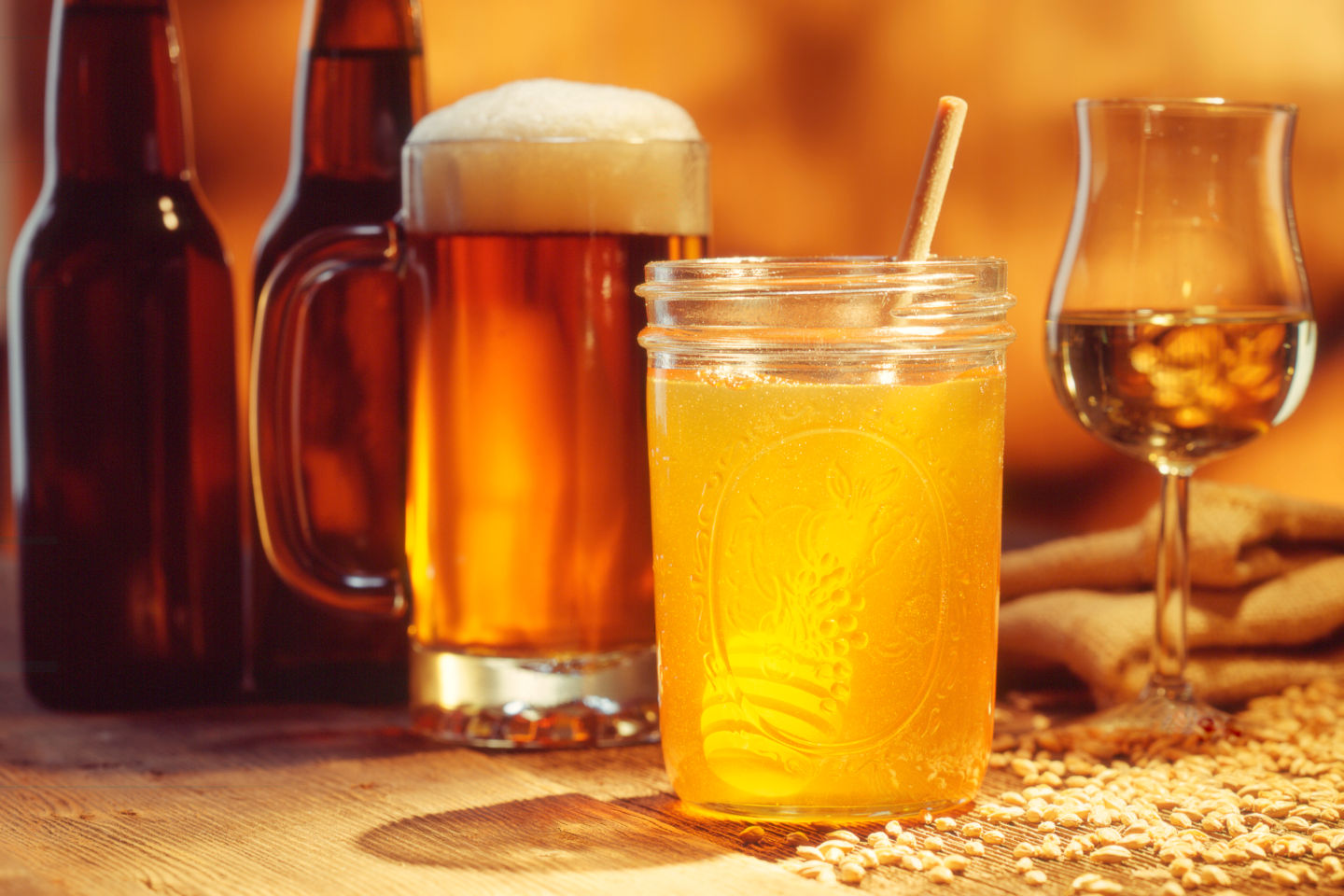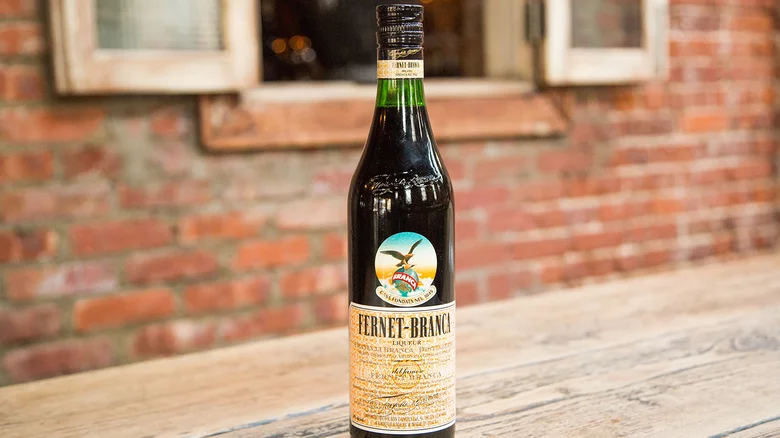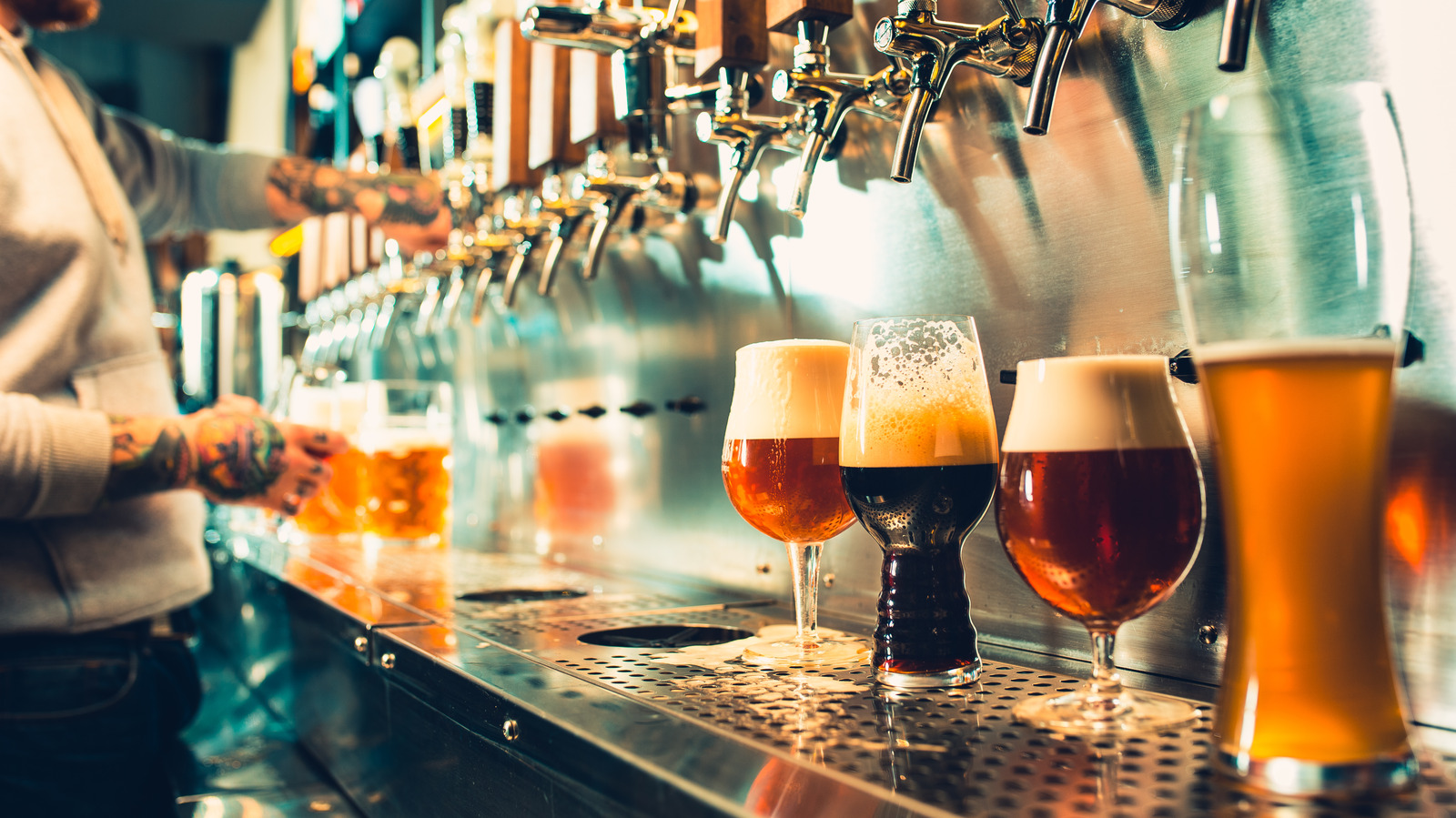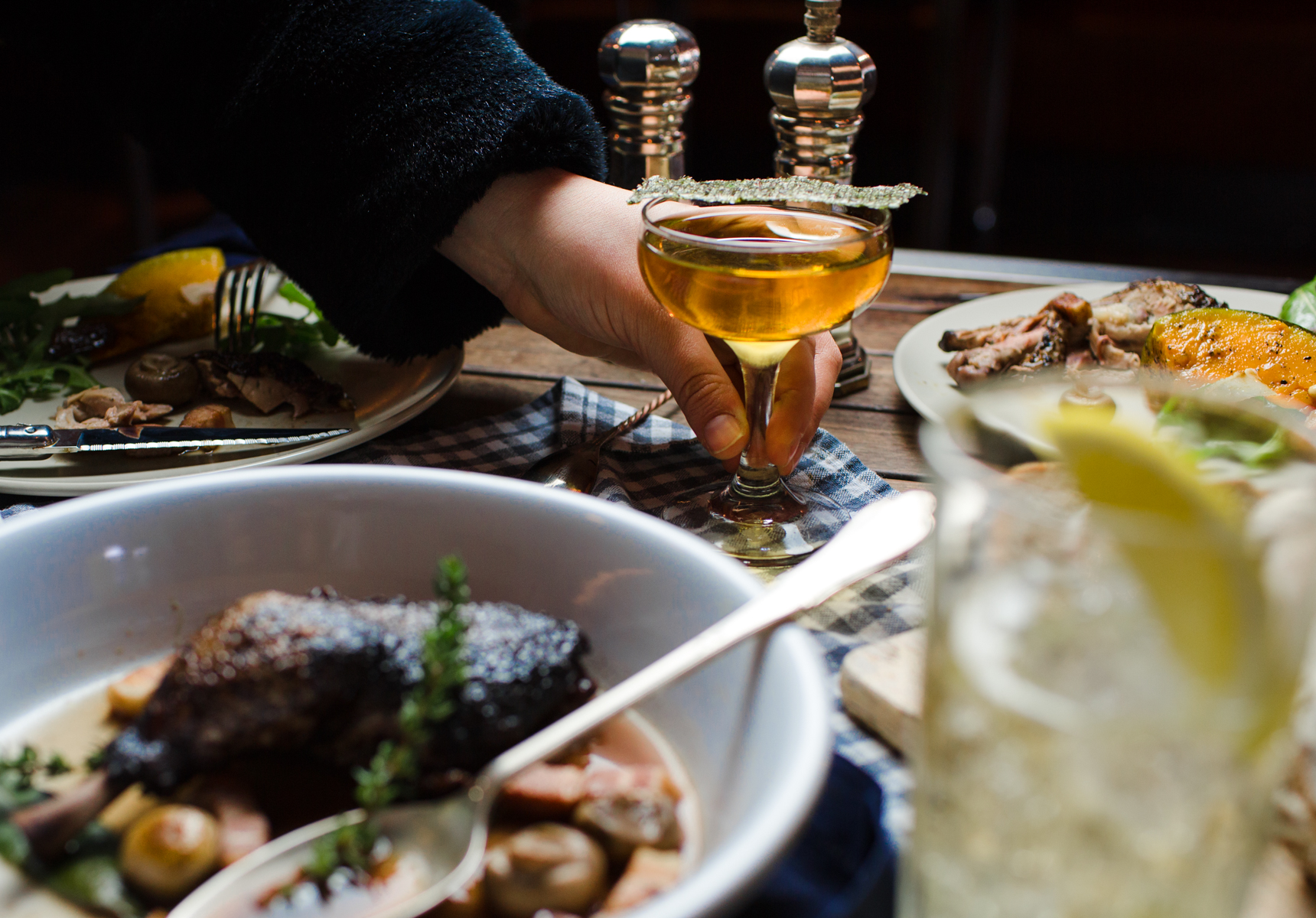What is the first thing that comes to your mind when you hear the word vodka? If it’s anything other than Russia then my friend you aren’t in touch with the roots of this drink. Similarly, whenever you hear about Cachaça, your mind should straight up think about Brazil. This drink is made from the magical grass from this region (no, not that grass) and is consumed by almost the entire population of this country. Be ready to be blown away with this perfect summertime drink and also the fact that it was once promoted by none other than John Travolta.
What Is Cachaça?
Cachaça (pronounced ka-shah-sa) is a sugarcane spirit that’s as vibrant and diverse as the country itself and can only be called so if it is from Brazil. Imagine sunshine in a bottle, with flavors that range from grassy and earthy to sweet and fruity, depending on how it’s made. This versatile spirit can be sipped neat, enjoyed on the rocks, or become the star ingredient in countless cocktails, like the iconic Caipirinha. Let’s know how this liqueur came into being.
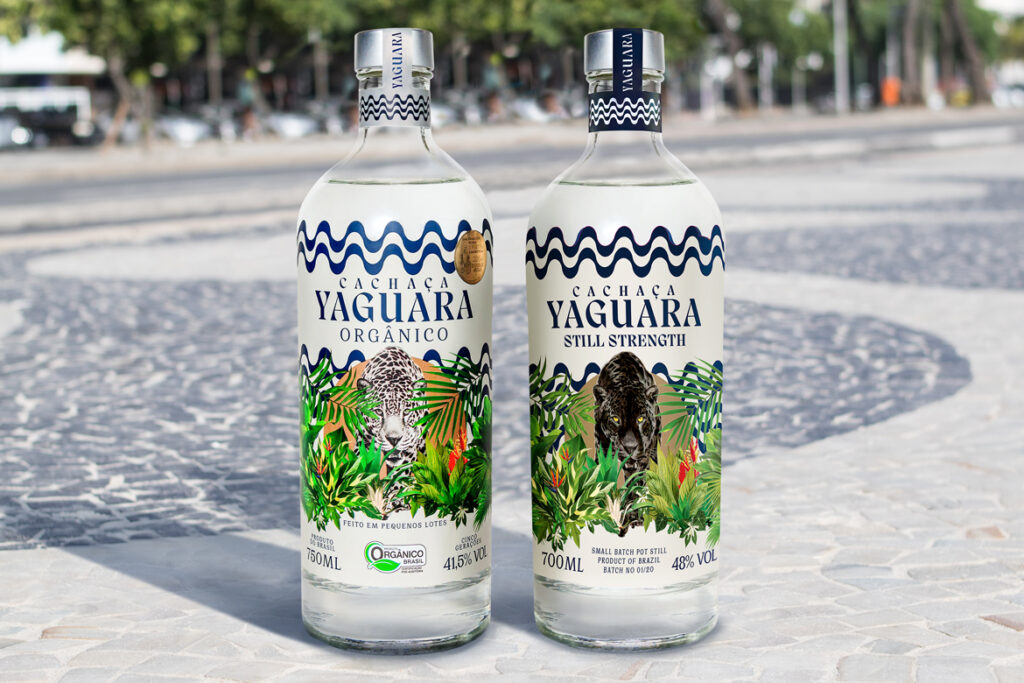
Also read: Dead Man’s Fingers Is Changing The Rum Market One Flavour At A Time!
History Of Cachaça
Cachaça’s history is intertwined with the introduction of sugarcane in Brazil by the Portuguese in the 16th century. They got slaves to run their sugarcane plantations. Treated poorly and forced to stay in bad conditions, these slaves needed something to forget it all. To escape the pain and misery, the workers used the leftover cane juice, fermented it, and then boiled it. This drink became a means of coping and also gave them energy for the next day.
The exact origin of cachaça production remains debated. Some believe enslaved people discovered and later distilled the fermented juice, while others attribute its creation to the Portuguese. Luís da Câmara Cascudo, a historian and the author of Prelude to a Cachaça, says that the Portuguese learned the art of distillation from the Arabs which helped them produce the first liters of spirit.
Competition arose when the Portuguese introduced their grape-based spirit. In an attempt to suppress cachaça production and promote their product, they imposed heavy taxes on cachaça distillers. This ultimately led to the Revolta da Cachaça (Cachaça Revolt) in 1660, a significant chapter in the spirit’s history.
Once the sugar industry went into decline, Cachaça was transported to parts of Rio de Janeiro and Minas Gerais. It is believed that during this time, Cachaça was stored and carried in Brazilian wooden barrels which allowed the drink to catch the flavor and aroma of it fully. To date, we can see that Minas Gerais is the best place to find aged Cachaças.
Also read: Caipirinha Vs Caipiroska: What’s the difference?
How Is Cachaça Made?
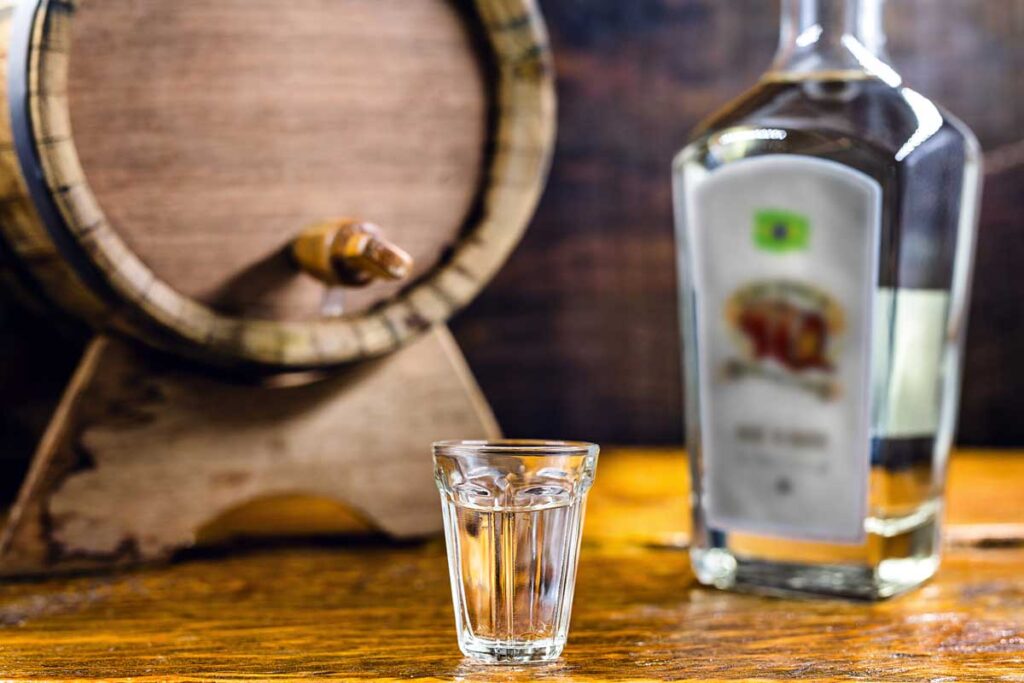
The journey begins with cleaning and crushing sugarcane to extract the juice. This juice undergoes fermentation, where natural yeast converts the sugars into alcohol. This process typically takes several days and plays a crucial role in developing cachaça’s unique flavor profile. After fermentation, the liquid enters a still where it is heated. The distillation process can be done in various ways, with traditional copper pot stills offering a gentler, more nuanced approach compared to larger industrial columns.
The taste of this drink depends on the way it is stored. If it’s an unaged Cachaça, you’ll get a tasty grassy flavor just like rhum agricole. Aged Cachaça acquires taste from the kind of barrel it has been stored in.
Also read: Best Honey Cocktails That You Can Make At Home!
Types Of Cachaça
Now that you know how this spirit is made, let’s delve into the types of Cachaça available. With over 4,000 brands of Cachaça available in the market, these are subdivided into 5 categories.
Let’s understand what exactly each category means:
- Silver/Traditional/Classic
This category of Cachaça is usually not aged in wooden casks. Even when they are aged in wooden casks, the wood here doesn’t release coloration.
- Gold Cachaça
Bottles in this category are aged between 2 months and 1 year and they get almost 50% of their content from the wooden barrels they are in. The color and taste of the liqueur both change after the process. This process also allows the liqueur to get a grassy, green note.
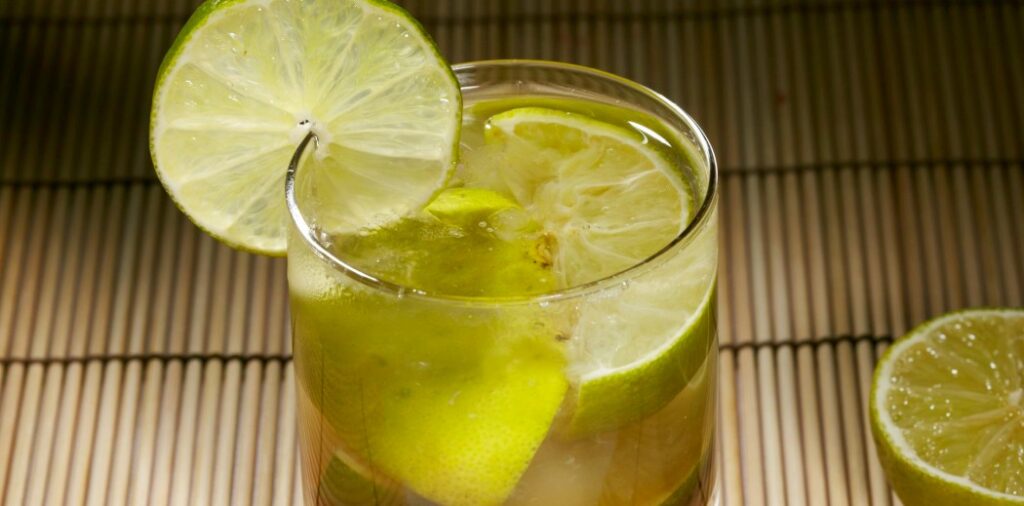
- Premium
These bottles are aged for 1-3 years. 100% of the content in these bottles is aged and the change in taste, aroma, and color are evident.
- Extra-premium
The main difference between premium and extra-premium is aging. Extra-premium Cachaça is aged for a minimum of three years in a wooden cask.
- Special Reserve
This type of Cachaça is aged in European wooden casks for 2 to a little above 3 years.
Also read: Best Low ABV Cocktails To Make
Summing Up
Cachaça has been part of Brazilian culture for so long that it has also become a part of the literature and art scene of Brazil. Festa da Cachaça is the annual festival dedicated to this liqueur which further shows how important it is amongst the locals. Interestingly, in 2013, the US government signed a deal with the Brazilian government to drop the usage of the term ‘Brazilian Rum’ for Cachaça. Never thought that such a simple drink would be part of such a long, tragic, and at the same time wonderful history, right? So, the next time you’re looking for a taste of Brazil, raise a glass of cachaça and experience the vibrant spirit of this country.
FAQs
Is Cachaça A Type Of Rum?
Cachaça is officially categorized as a type of rum and is a distinctive product from Brazil.
Does Cachaça Have Alcohol?
The alcohol percentage in Cachaça is between 38% and 48%.
What Does A Cachaça Taste Like?
The unaged Cachaça has a very grassy taste due to the use of sugarcane in it. Aged cachaças get their flavor from the barrels they are stored in. They can taste like spices, baked or dried fruits, coffee, and sometimes grass.
What Makes Cachaça Different?
Cachaça and rum are often confused together. The main difference between the two is that Cachaça is made using juice from freshly cut sugarcanes while rum is made from molasses.
Does Cachaça Have Sugar?
Yes, Cachaça has sugar. Only 6 grams per liter of sugar is allowed in Cachaça and if it exceeds that it has to be called sweetened Cachaça.
How Is Cachaça Aged?
Cachaça is aged using wooden barrels for a richer, smoother, and darker caramel brown color.
What Is The Main Ingredient Of Cachaça?
The main ingredient of Cachaça is sugarcane from Brazil.
